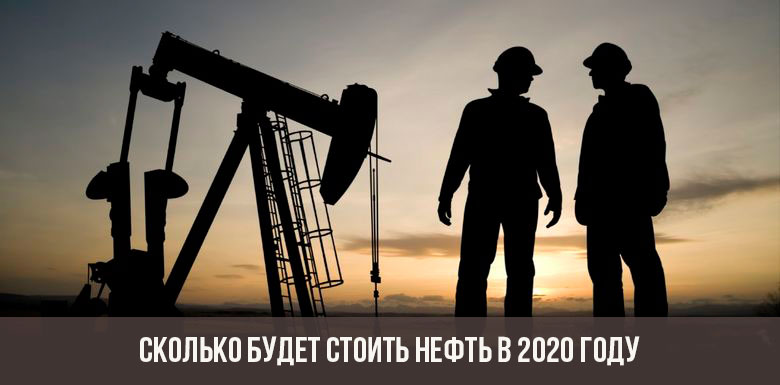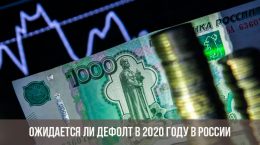A systematic decrease in quotations is an inevitability for the oil market, as indicated by current prices and the forecast for 2019-2020. Despite the increase in demand, which will be due to the revival of the global economy, do not discount the oil production limit, which will result in a reasonable balance in the world market of "black gold". However, given the fact that leading analytical agencies have repeatedly reviewed their previously made forecasts, it can be assumed that it is too early to speak about exact numbers, since the overall situation is complicated and ambiguous.
Influence factors
An increase in consumption is a positive trend that oil refineries can use to increase the value of their products. But this is far from the only factor on which the price of oil depends. According to a number of experts, answering the question of how much oil will cost in 2019 or 2020, it should be borne in mind that in the next few years, the following circumstances can restrain quotes from growth:
- Overly active shale oil production in the USA. US companies are not bound by any restrictions, as they have no relation to OPEC + agreements. Accordingly, they can freely increase oil production, thereby creating an additional burden on the global oil market. If American companies continue their activities in the same direction, quotes may decline and the expected increase in demand will not even save the situation.
- It is unclear whether oil quotas will be extended next year. If this happens, then this factor will be an additional incentive to reduce current value. This situation can be used by individual players who want to achieve a redistribution of market share in their favor, which will lead to increased price competition.
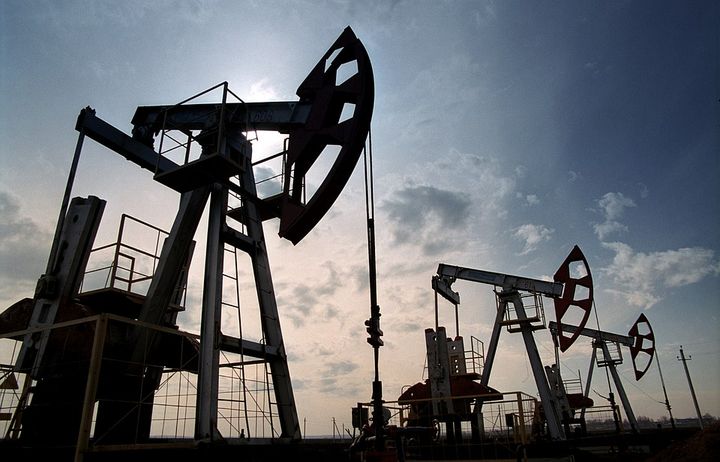
- Deterioration in the economy of China, which is a large consumer of oil. Experts predict the acceleration of capital outflows and the instability of the financial markets of the Middle Kingdom, which could trigger a new economic crisis. In this case, production may decline, which in the long run will affect the volume of oil consumption. And it is possible that the crisis will affect not only the Chinese economy, but also “spread” to other countries that are actively cooperating with the Celestial Empire.
- The increase in sales of electric vehicles, which will affect the volume of oil consumption. More and more countries are trying to create the most favorable conditions for the import of this type of transport, for which they even reduce the amount of customs duties.
Central Bank Forecast
In mid-December 2018, the Central Bank lowered its earlier forecast for the price of Urals crude. His analysts are confident that, despite the successful OPEC + deal, the price of “black gold” will still not increase, since the restriction of production does not eliminate the risks of a further fall in prices.
According to Central Bank Chairman Elvira Nabiullina, the biggest danger is the demand factor: an increase in shale oil production in the United States amid a slowdown in the global economy. And, having analyzed the situation, analysts of the Central Bank came to the conclusion that the cost of a barrel would be $ 55, although it was previously assumed that it would only drop to that level in 2020-2021.
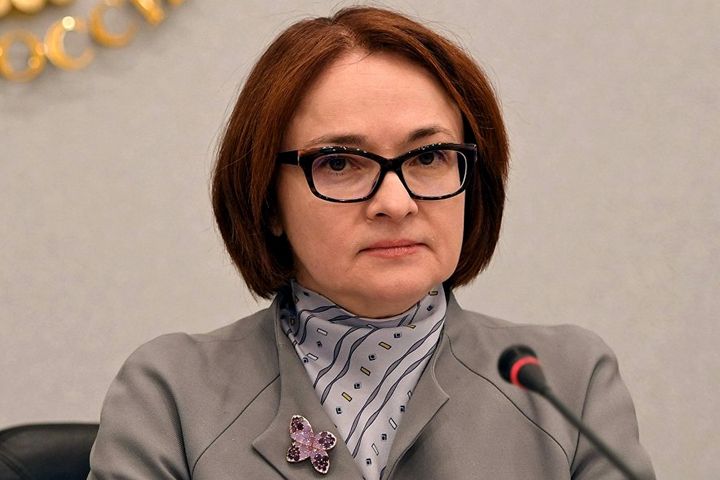
Elvira Nabiullina
The Ministry of Energy and the Ministry of Economic Development agree with the position of the Central Bank. In these departments they are sure that it will not be possible to avoid a smooth decrease in prices and in the long run we can even talk about 50 dollars. per barrel of the Urals brand.
However, the Central Bank does not exclude the possibility that subsequently the position of the regulator will be revised, as the situation on world markets is not static and is constantly evolving in dynamics as external and internal factors influence.
Sberbank Forecast
Judging by the presentation of the leading Russian bank, in 2019-2020. the average price of Urals oil will fluctuate between 60-65 dollars. per barrel. From this we can conclude that Sberbank analysts reviewed the previously published August forecast, which indicated that the average price of “black gold” of this brand would average 62 dollars. (in 2019 - 63 dollars., and in 2020 - 55 dollars.). And these figures are far from final: as the manifestation of certain trends, the forecast can change both downward and upward.
State Bank analysts believe that you should not expect a sharp increase in the cost of oil, since at the moment there are no prerequisites and conditions for this. At the same time, after the last adjustment, the forecast of Sberbank became as close as possible to the official one from the Ministry of Economic Development of the Russian Federation, whose specialists are confident that in 2019 a barrel will cost 63.4 dollars, and in 2020 - 59.7 dollars. The planned decrease in value will be facilitated by an increase in oil production in Iran, the construction of an oil refinery and an increase in the dollar.
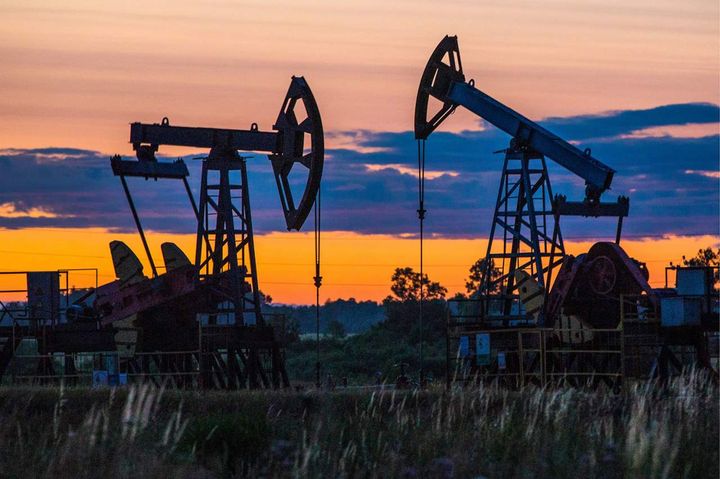
World Bank Forecast
In its latest report, World Economic Outlook, the World Bank also revised its previous forecast, published in December 2018. In such a document, it was suggested that in the next 3 years, the average price of oil will not exceed 71 dollars, but, having studied the current market trends and the situation in the world economy, the WB reconsidered its decision, considering that for “black gold” far from the most better times. According to his forecast, the price of oil in 2019 and 2020 will amount to $ 67, although in fact the World Bank questions the accuracy of this forecast in view of the general uncertainty and the inability to simulate the situation on world markets.
According to WB analysts, despite the fact that in the near future an increase in aggregate oil demand is expected, the consumption volume in the markets of emerging economies may decrease, which will affect the size of quotes. In addition, it is not yet clear what conditions for cooperation in the oil industry the OPEC countries have agreed on, since the details of the deal have not been made public.
Read also:

